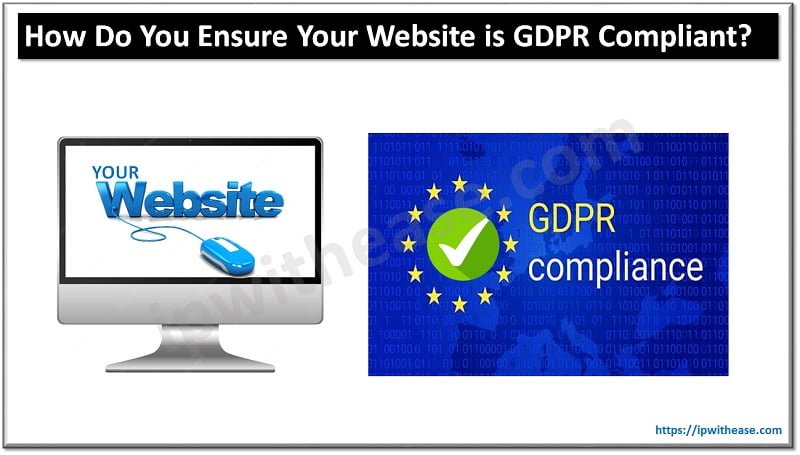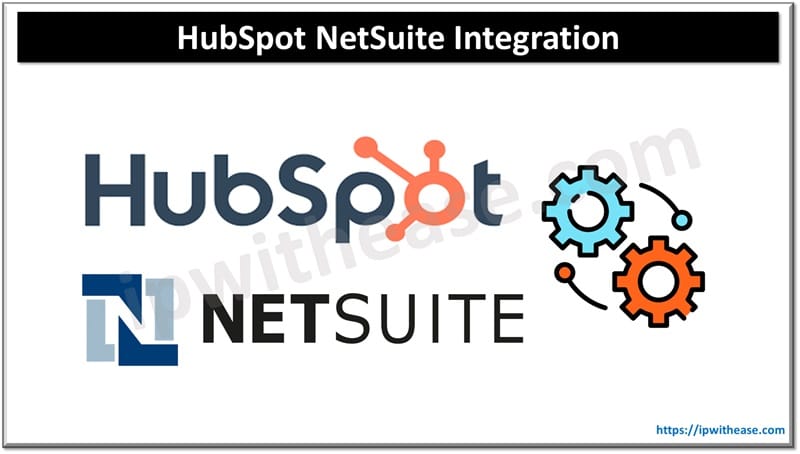Table of Contents
Businesses need to ensure that they follow the data privacy laws of relevant countries or regions to protect their goodwill and save themselves from hefty fines and penalties.
GDPR (General Data Protection Regulation) is a data privacy law that applies to EU citizens and businesses who work with them, no matter where they are. So, suppose you have a website, and some of your site visitors are Europeans. You must comply with the GDPR by embedding an efficient consent management platform into your website to take explicit user consent for the kind of data you collect, process, and store.
If you wonder how to ensure your website is GDPR compliant so your customers can trust you, and hefty penalties don’t get to you, read this article!

1. Ensure the Security of Your Website
As your website may contain stored user data, you must secure your website from the hands of cyber perpetrators. They are looking for ways to hack into a website and retrieve confidential info for personal or financial purposes.
You can ensure the security of your website by obtaining an SSL certificate. It basically encrypts all the data sharing between your site and the server, and you will notice your site URL starting from HTTPS.
You must also create strong passwords for all your admin accounts so no one can easily hack into your system. Using antivirus software can further protect your website from cyber criminals.
It is unnecessary to collect more data than required. Instead, make sure only the necessary data is collected; if it isn’t needed anymore, you must immediately delete it.
2. Inform Your Site Visitors About Your Privacy Policy
Your users have the right to know how you collect, store, process, and disclose their data. They also have a right to access it or request data erasure.
Therefore, you must state clear privacy policies on your website page and add a link to every page, so your website visitors can read them out and better understand your privacy policy.
3. Assess Whether Third-Party Services Are GDPR-Compliant
Of course, running and operating a website may require you to leverage the services of a third-party app or tool.
If you want your website to be GDPR-compliant, you should expect the same from other parties, whether you work with them directly or indirectly. You can confirm this by asking them about their compliance with GDPR.
4. Use a Cookie Banner on Your Site
Your website should display a cookie banner using simple and short sentences to inform visitors about your usage of cookies, the purpose, and the kind of information stored on your website.
The cookie banner should allow the users to manage their cookie preferences. You must provide them with three different options. The 1st option can be to opt-in for cookies, the 2nd option can be to altogether opt-out of cookies from your website, and the 3rd option can be to select and opt-in for particular types of cookies only.
If a user explicitly opted out of cookies from your site, you must provide that the settings remain the same after they return to your website until or unless they change the cookie settings on their own. That’s why it’s essential to display an option to recall the banner if they want to tweak the settings.
5. Take User Permission for Emails
If your company relies on email marketing and your email list includes EU citizens, you must be GDPR-compliant. You need to take permission from your visitors before they can subscribe to your emailing service.
The best way is to use double opt-in, where users must verify their email address after submitting it to your emailing list. It’s equally crucial that you make it super convenient for your email subscribers to opt out of your mailing list.
You should add a link at the bottom of your emails for them to sign out. The method of opting out should be hassle-free as well. This way, you will be sure that your email marketing service complies with GDPR.
Continue Reading:
How does a Browser verify an SSL Certificate?
ABOUT THE AUTHOR
IPwithease is aimed at sharing knowledge across varied domains like Network, Security, Virtualization, Software, Wireless, etc.



